Tag: disease
-
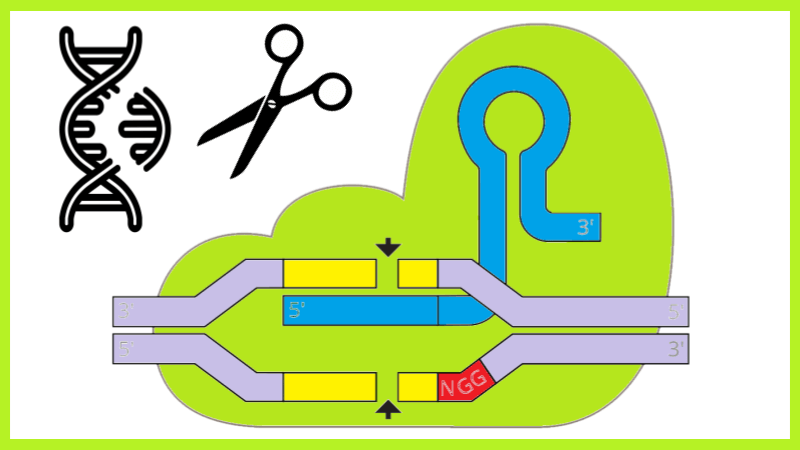
How Does CRISPR Work? A Coloring Activity
Gene editing might sound complex, but what if you could color your way to understanding it? CRISPR-Cas9 is a gene-editing tool that allows scientists to precisely cut and modify DNA. Inspired by a natural defense system in bacteria, CRISPR uses a guide RNA (gRNA) to direct the Cas9 protein (a molecular scissor) to a specific…
-

Fading Memories – A Case Study on Alzheimer’s Disease
This case study offers an intimate look at Alzheimer’s disease through the eyes of a granddaughter navigating her family’s experience. Written in a narrative format, it allows students to explore the scientific and emotional dimensions of this neurodegenerative disease in a relatable, engaging way. This case study goes beyond the textbook to present Alzheimer’s disease…
-
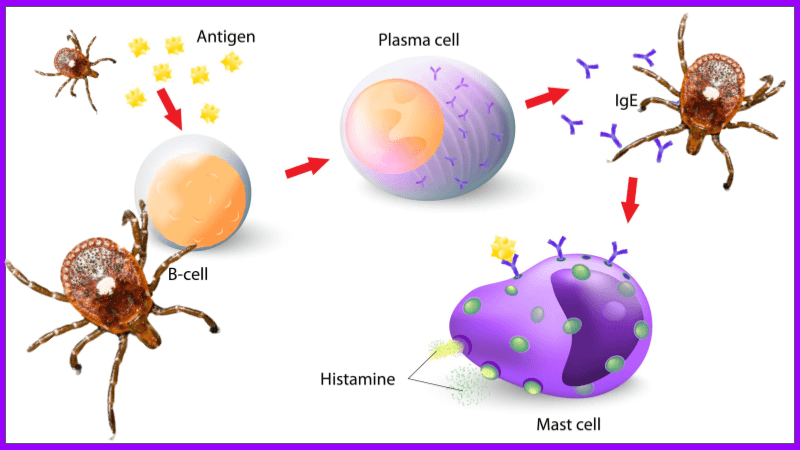
Exploring the Immune System with Alpha-Gal Syndrome
If you’re looking for a captivating, real-world case study to engage students in learning about the immune system and allergies, this Alpha-Gal Syndrome activity might be just what you need! This case study explores the fascinating story of how the immune system can mistake a simple sugar found in red meat for a threat—all because…
-
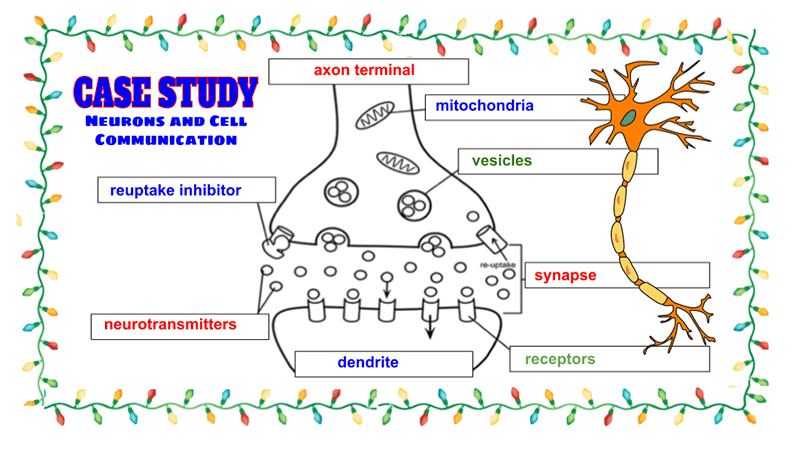
Case Study: Neurons and Cell Communication
A case study for anatomy students to learn about neurons and multiple sclerosis. Students read the case, label diagrams, and answer questions.
-
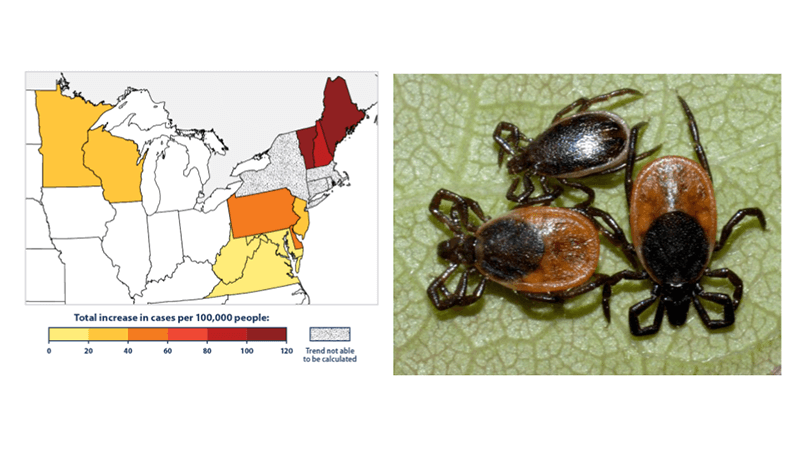
Bullseye – A Medical Case Story for Biology
A basic biology case story about ticks and Lyme disease. Learn the anatomy of a tick and how the tick transmits a bacteria that causes disease.
-

Gaucher Disease is a Lysosome Storage Disorder
This mini-case study explores Gaucher disease, a lysosome storage disorder where cells are unable to clear harmful waste products.
-

CER – How Effective Are Masks at Preventing Disease
Students examine data that show the effectiveness of mask wearing and the prevention of disease. The activity is a CER format (claim, evidence, reasoning.)
-
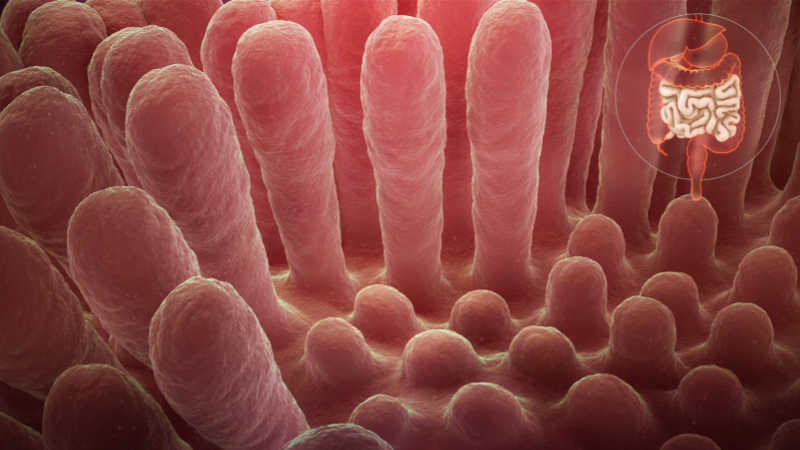
Case Study – Celiac Disease and Digestion
Case study explores the role of villi in the digestive system as student learn how gluten triggers the immune system in people with celiac disease.
-
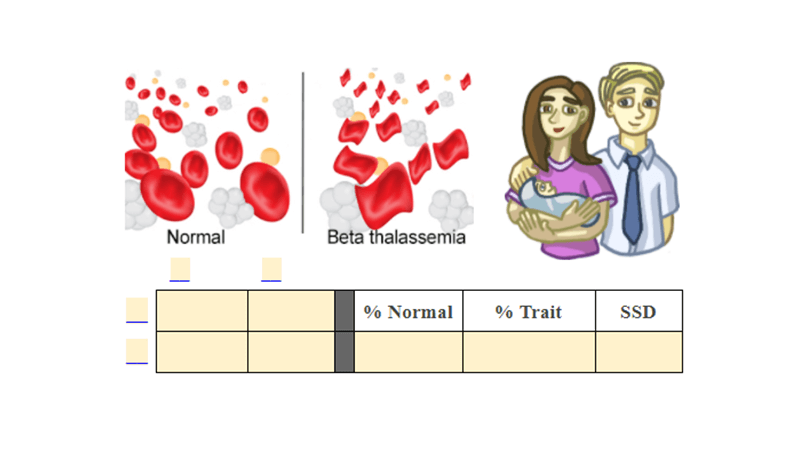
Genetics of Blood Disorders – Hemophilia and Sickle Cell
I created this worksheet for anatomy students to practice using Punnett squares and comparing different types of mutations that affect the blood. Ideally, students will have already learned about genetics of blood types. Because I use this worksheet in my anatomy class, I don’t spend a lot of time teaching genetics. However, students do need…
-
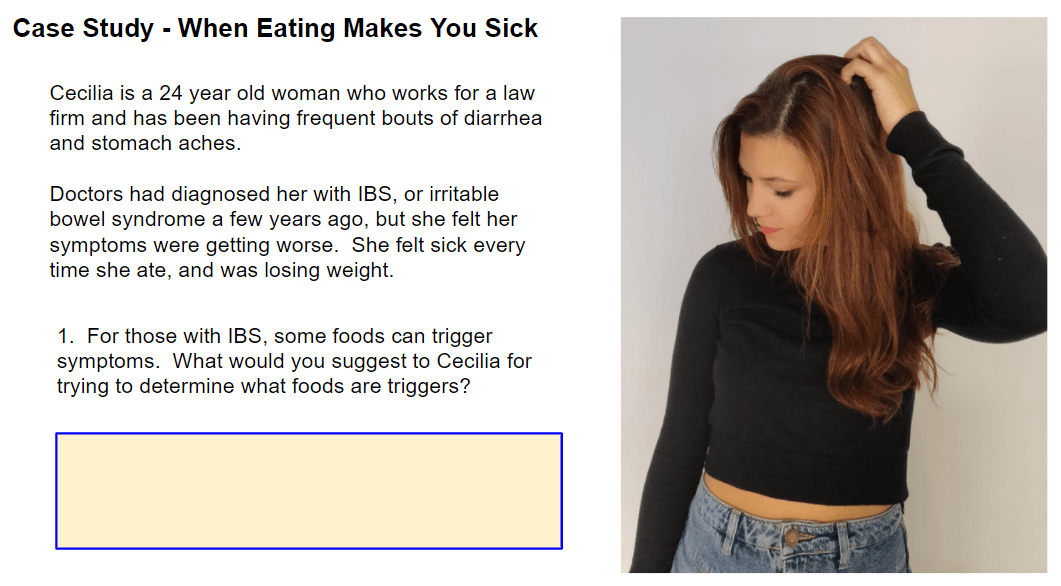
Case Study – Gluten
This case study was created for distance learning and is a short exploration of how celiac disease affects the digestive system. This is not a long case, and should probably only take 20-30 minutes to complete. I plan to use it with breakout groups working together over Zoom or Google Classroom. The activity is presented…
-
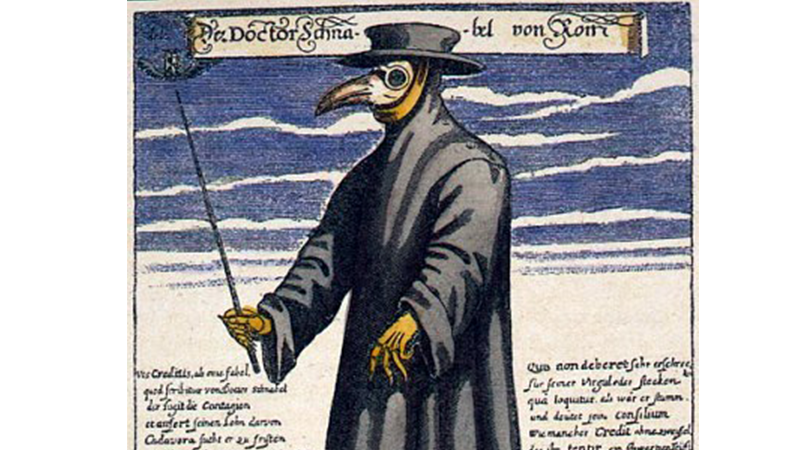
Infectious Disease Project
Create an infographic, poster, or pamphlet that instructs the public about a disease. Choose a historic disease, like bubonic plague and develop a presentation.
-
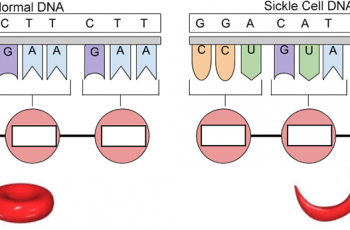
Genetics of Sickle Cell
This assignment was created for students who miss class and can be completed independently. There are sections to read with questions to answer, focusing on how DNA provides the instructions to make protein. A single base substitution in the gene that codes for hemoglobin results in sickle cell anemia. Students are walked through the process…
-
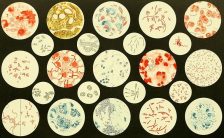
Activity: Which Disease Is the Worst?
In this activity, students work in groups to read about different types of diseases and ultimately rank them from the least dangerous to the most dangerous. There is no actual right answer to this, and the cards are designed to foster discussion and provide a basic overview of the types of pathogens that cause…
-
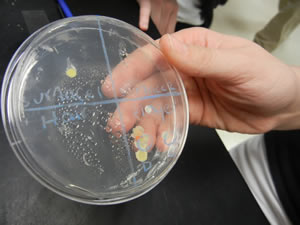
Why I Teach Pathology in Biology
When you examine the AP Biology Course Description, there is no mention of pathology (the study of diseases) in the list of Big Ideas. Bacteria are mentioned in the context of comparison between prokaryotes and eukaryotes, lines of descent, and endosymbiosis. Viruses are mentioned within the context of genetics and how DNA can be transferred…

